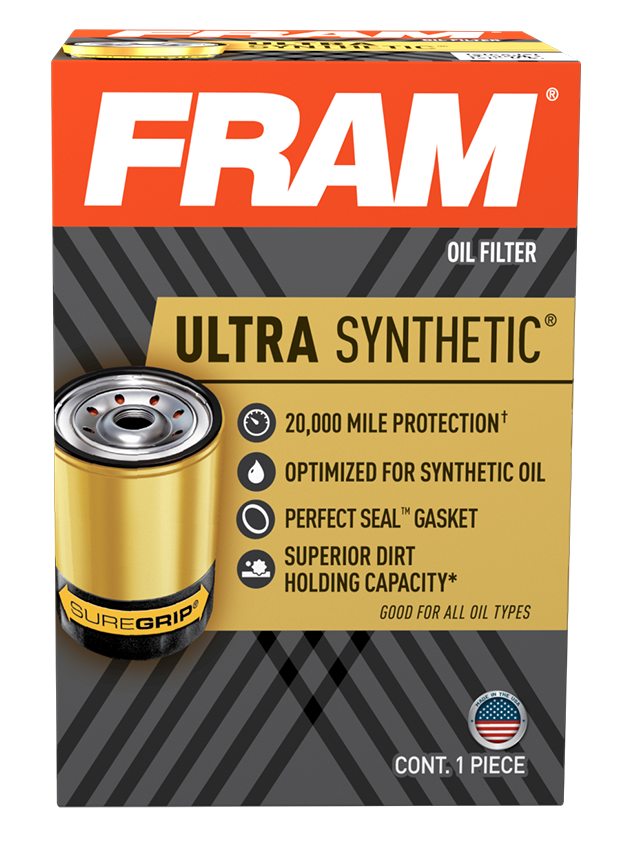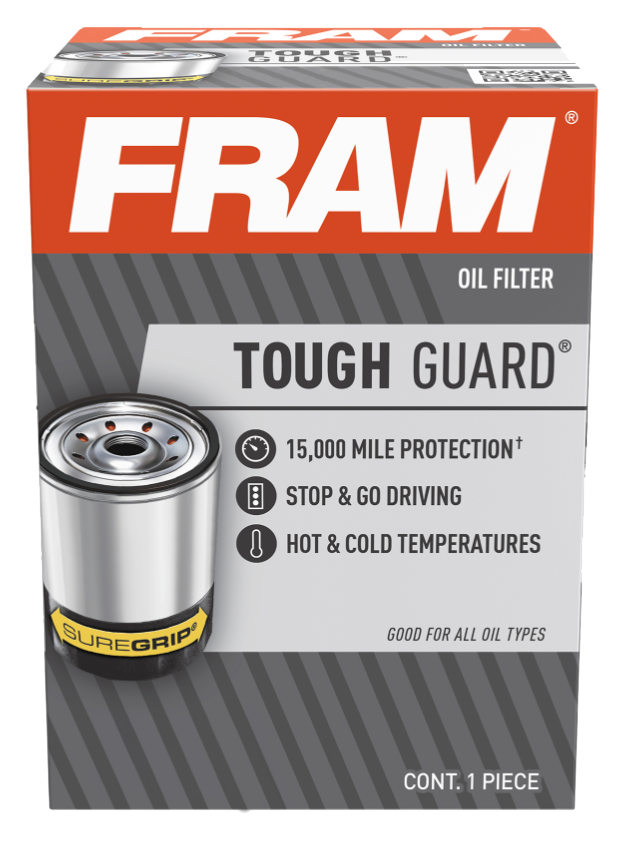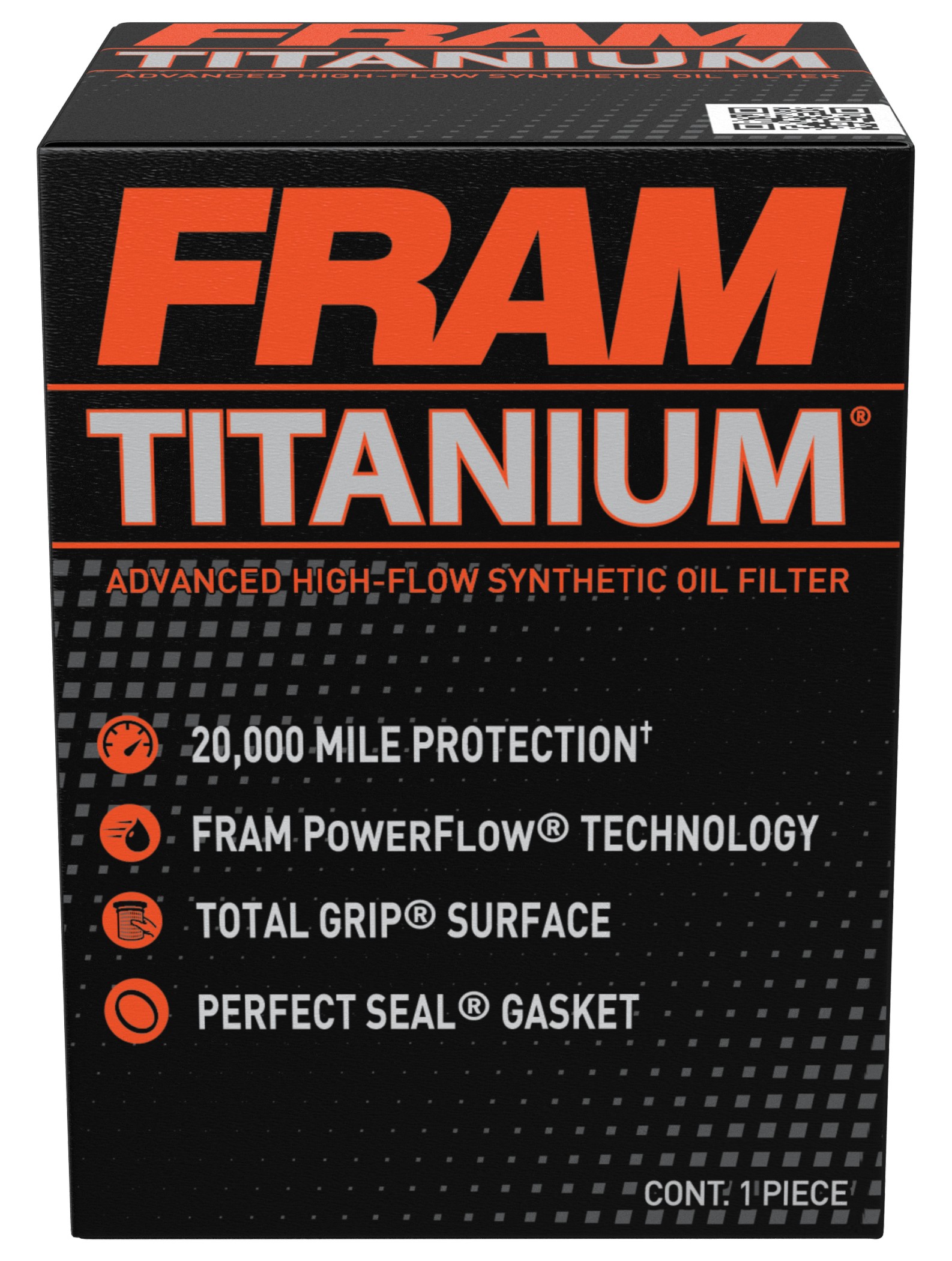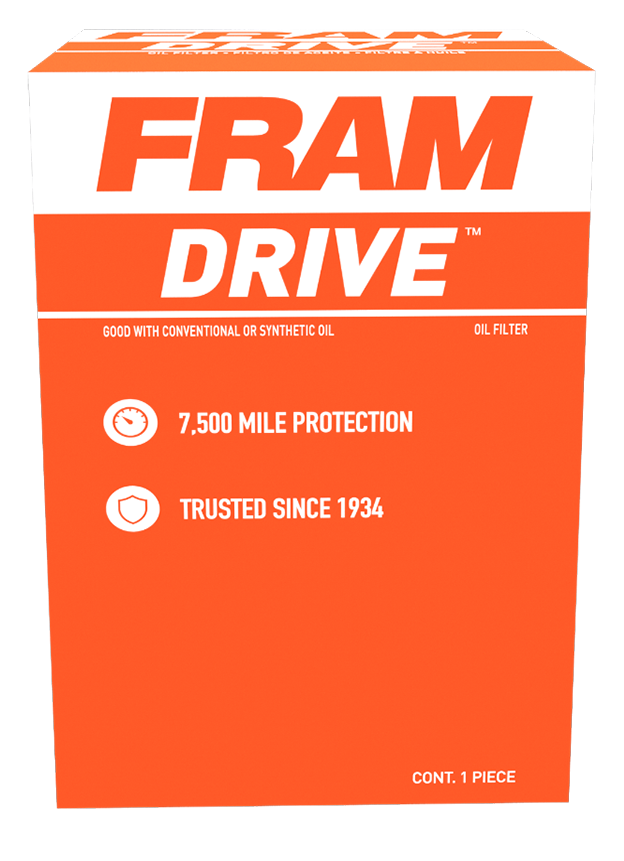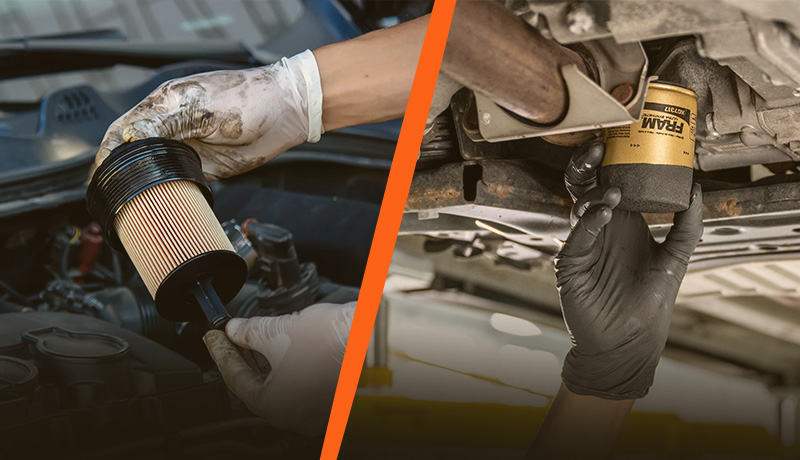


Cartridge vs. Spin-On Oil Filters
When it comes to protecting your car's engine from wear and tear, oil filters do the heavy lifting. They often come in two designs: cartridge and spin-on oil filters. Both filter out contaminants effectively, but ask any seasoned mechanic or DIYers about the nitty-gritty of installation and removal, and you'll get a tale or two. Let's shift gears and take a closer look at what sets cartridge and spin-on oil filters apart.
Understanding Cartridge and Spin-On Oil Filters
Cartridge and spin-on oil filters are the two main types of engine oil filters. The difference lies in their design and installation process.
Cartridge oil filters consist solely of the filter element and applicable gaskets or o-rings, without a housing. This design has been adopted by several vehicle manufacturers primarily to reduce the overall weight and increase the reusable content on the vehicle. When replacing, only the cartridge filter and o-rings or gaskets are changed, and the housing (already on the vehicle) is reused.
On the other hand, spin-on oil filters come as an all-in-one unit, combining the filter media, base plate, gasket and housing. When they're replaced, the entire unit is disposed of, and a new one is screwed in place.
A notable feature often discussed in relation to oil filters is the anti-drainback valve. In spin-on oil filters, this valve is integrated within the filter unit. Its primary function is to prevent oil from draining out of the filter when the engine is off, which can be crucial in reducing engine wear during cold starts by ensuring immediate oil flow. In contrast, for cartridge oil filters, the valve is usually part of the housing or the vehicle's engine system, rather than the filter cartridge itself.
In terms of performance, both cartridge and spin-on oil filters offer high filtration efficiency, but the actual performance depends on the filter material and construction quality. Advanced synthetic filter materials are available in both types of oil filters and can better capture smaller particles than traditional cellulose filters. As long as the filter is functioning correctly, there shouldn't be a noticeable difference between the two.
Installation Differences
Spin-on filters are straightforward as far as installation and removal. With cartridge filters, there's a slightly increased risk of installation errors, especially on the gaskets and o-rings. Forgetting to replace O-rings or not seating the cartridge properly can lead to oil filter failures and affect engine performance.
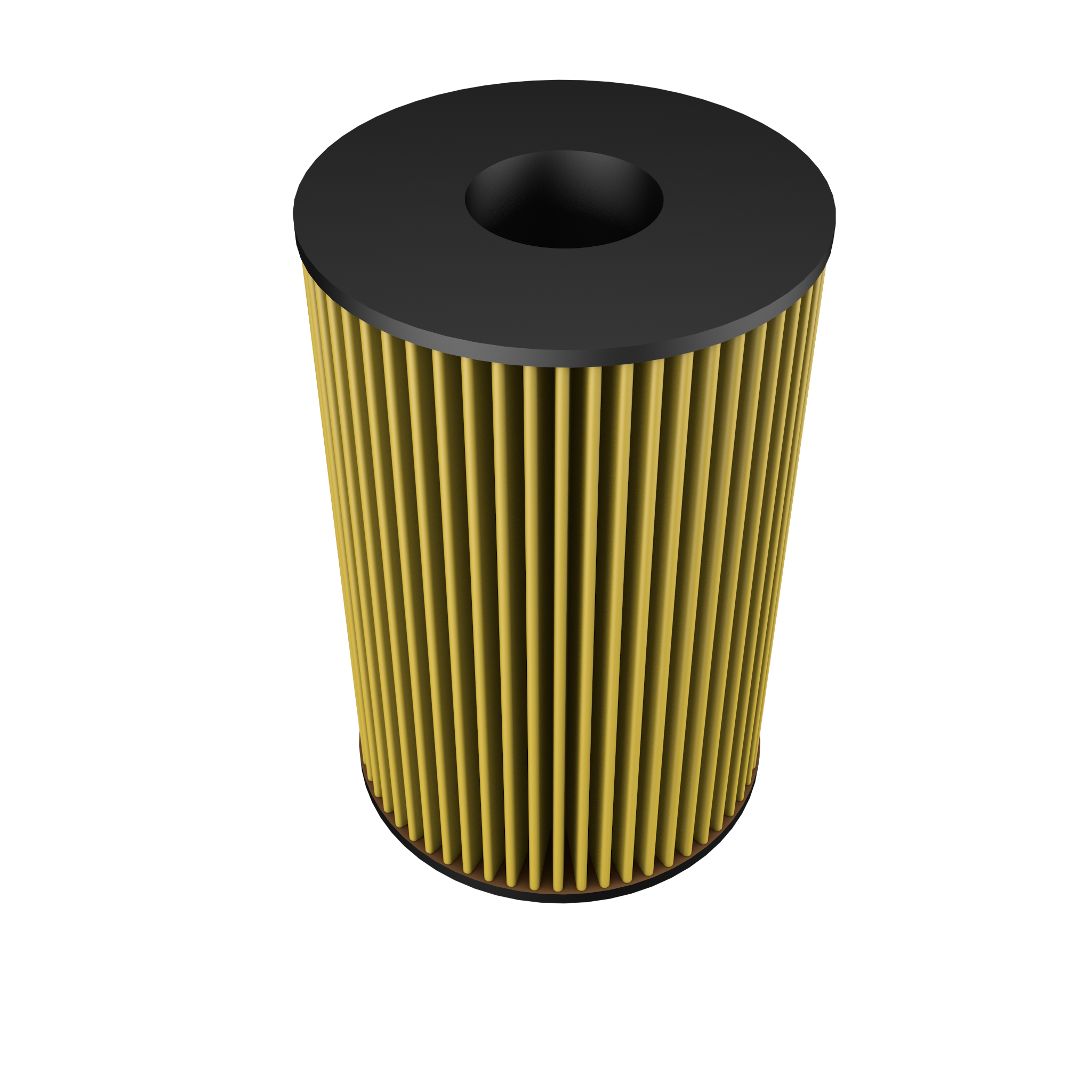
How to Install Cartridge Oil Filters
- Get ready: Place a drain pan under the drain plug and oil filter housing to catch oil spillage. Then remove the drain plug and drain oil
- Remove the old filter: Access the oil filter housing cover and loosen it using the proper socket or housing wrench. Remove the old cartridge and dispose of properly.
- Replace the O-ring: The housing cover usually has an O-ring that should be replaced. Remove the old one and lubricate the new one with fresh oil before installing it.
- Insert the new cartridge: Make sure the cartridge is correctly inserted into the housing.
- Tighten the housing cover: Screw back the housing cover securely but do not overtighten, as it can damage the threads or O-ring.
- Check for leaks: After engine start, ensure there are no oil leaks around the housing.
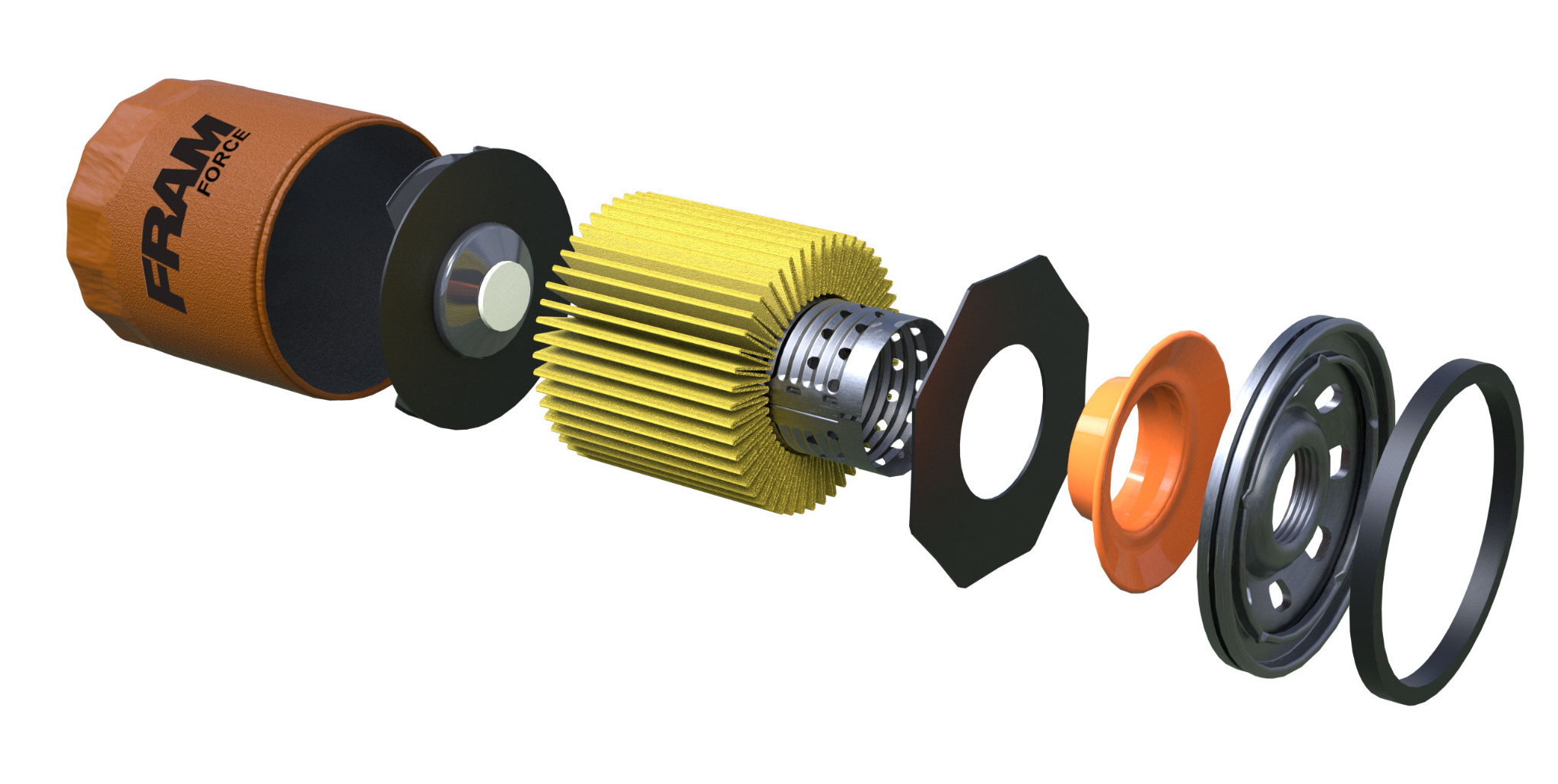
How to Install Spin-On Oil Filters
- Get ready: Place a drain pan under the drain plug and oil filter housing to catch oil spillage. Then remove the drain plug and drain oil
- Remove the old filter: Use a wrench to unscrew the old filter.
- Pre-lubricate gasket: Apply a small amount of engine oil to the rubber gasket on the upper side of the new filter.
- Install the new filter: Screw on the new filter by hand and then tighten it an additional 3/4 to 1-1/2 turn(s). Verify the installation procedure with your vehicle service manual.
- Check for leaks: After starting the engine, check for oil leaks.
How often to change cartridge and spin-on oil filters depends on several factors, but the general rule of thumb is to change them at every oil change. Follow the recommendation in your car's owner's manual about the change interval and make sure you replace all your filters on time.
Whether your car needs a cartridge or spin-on oil filter, FRAM has you covered. We offer an extended line of high-quality oil filters that cover all bases of filtration: durability, efficacity, reliability, and capacity. Our oil filters are made with high quality materials and construction methods, so you can be sure they will last for the life of your oil change. Plus, if you're new to DIY car maintenance, most FRAM oil filters are a breeze to install.
Questions? We're here to help. Reach out the FRAM specialists for product and maintenance support.
VIEW FRAM PRODUCTS
SEARCH

